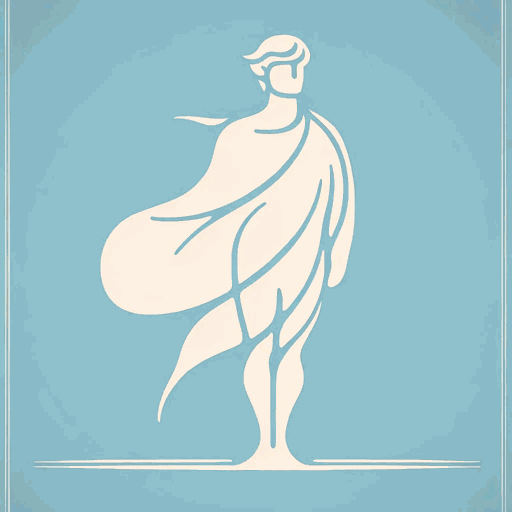52 pages • 1 hour read
Joseph CampbellThe Power of Myth
Nonfiction | Book | Adult | Published in 1991A modern alternative to SparkNotes and CliffsNotes, SuperSummary offers high-quality Study Guides with detailed chapter summaries and analysis of major themes, characters, and more.
Chapter 2Chapter Summaries & Analyses
Chapter 2 Summary: “The Journey Inward”
Campbell and Moyers begin Chapter 2 investigating the similarities between myths around the world and how they point toward a collective human psyche. Campbell borrows psychoanalyst Carl Jung’s theory of archetypes to argue that myths are symbolic expressions of the unconscious about the experiences of the body. Because humans around the world go through the same stages of physical life, myths reflect this shared experience. Dreams are akin to myth because they come from the same unconscious realm, but they are often tuned more toward individual conflicts than universal experiences. Myths reflect humanity’s desire to return to “dreamtime”—a place beyond time, loss, and division—as well as our attempts to access this transcendent energy in our daily lives and environments. Campbell firmly states that myth is distinct from folktale because of its serious spiritual teaching.
Campbell observes that human languages are based on dualities—such as good and evil, life and death—which makes grappling with the oneness of the transcendent through language always incomplete. The image humans use for the transcendent, God, is only an imperfect suggestion of the source of life. Campbell explores the story of the Fall of Man as a 







Related Titles
By Joseph Campbell


